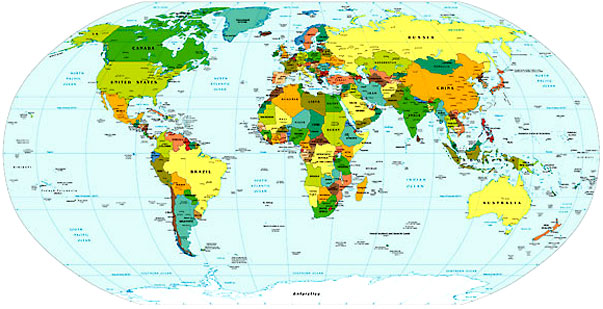 27 February, and it’s the Dominican Republic’s turn for independence. The Dominican Republic is located on the island known as Hispaniola, one of the largest islands in the Caribbean’s Great Antilles archipelago. The western third of this island comprises the country of Haiti, from whom it attained independence in 1844. Prior to Haitian rule, the island was under first Spanish and then French rule.
27 February, and it’s the Dominican Republic’s turn for independence. The Dominican Republic is located on the island known as Hispaniola, one of the largest islands in the Caribbean’s Great Antilles archipelago. The western third of this island comprises the country of Haiti, from whom it attained independence in 1844. Prior to Haitian rule, the island was under first Spanish and then French rule.Independence was brought about from by a secret society, La Trinitaria, that was founded in 1838, and made the official declaration in 1844. The Dominican Republic’s first constitution was adopted later that year on 6 November.
 In 1861, however, a pact was signed with the Spanish Crown, and the nation revert to colonial status for two years, before restoration of independence in August, 1863. Later, in 1916, US Marines landed and established control of the country following political instability within the Dominican Republic in the preceding years. In 1924, power once more reverted to Dominican hands. From 1930 to 1961, the republic was under the dictatorship of Rafael Leonidas Trujillo—in 1937 he ordered the Parsley Massacre, what is known in the Dominican Republic as El Corte, The Cutting. As a result, between 17,000 and 35,000 Haitians on the Dominican side of the border were killed over five days. Trujillo’s rule ended with his assassination in 1961.
In 1861, however, a pact was signed with the Spanish Crown, and the nation revert to colonial status for two years, before restoration of independence in August, 1863. Later, in 1916, US Marines landed and established control of the country following political instability within the Dominican Republic in the preceding years. In 1924, power once more reverted to Dominican hands. From 1930 to 1961, the republic was under the dictatorship of Rafael Leonidas Trujillo—in 1937 he ordered the Parsley Massacre, what is known in the Dominican Republic as El Corte, The Cutting. As a result, between 17,000 and 35,000 Haitians on the Dominican side of the border were killed over five days. Trujillo’s rule ended with his assassination in 1961. Since 1978 the Dominican Republic has experienced greater freedom.
The poem I have chosen is by Pedro Mir, who is considered the country’s national poet—it’s the first section of a longer work entitled “The Hurrican Neruda” and is translated by Wayne H. Finke. I found this in yet another fascinating anthology - Twentieth-century Latin American poetry : a bilingual anthology, which is edited by Stephen Tapscott.
The Hurricane Neruda
1.
The hours have passed over the volcano neruda
and delirium and fever over the quake neruda
and the dormant lava of the eruption neruda
over the din of the imposing situation neruda.
All is at rest, Father. The velvet sleeps
on the ivory keys of the oldest pianos.
There is a woman named Luisa from her brown
eyes to the sound of her hair, from her needlelike
voice to the end of a threat at whose bare end
a small child slumbers. The delicate dawn
gently rocks in her glance and slips in her hand,
rolls bleeding, falls to the ground and suddenly
we are confronted with the rising hurricane neruda
the gust neruda and the vortex neruda and
neruda
the storm,
reconstructed by the grave
explosion of infernal horror neruda.
—Pedro Mir
translated by Wayne H. Finke
from Twentieth-century Latin American poetry : a bilingual anthology


No comments:
Post a Comment